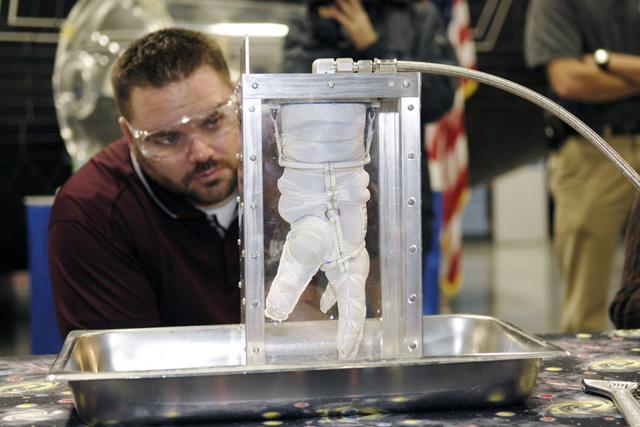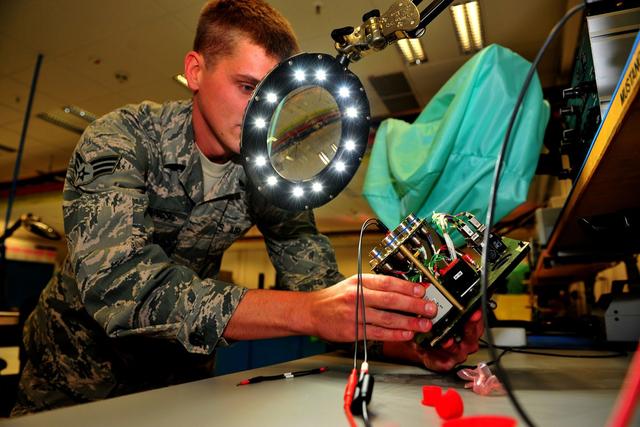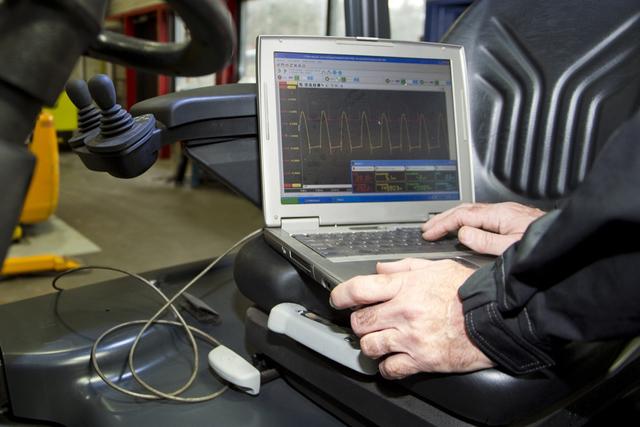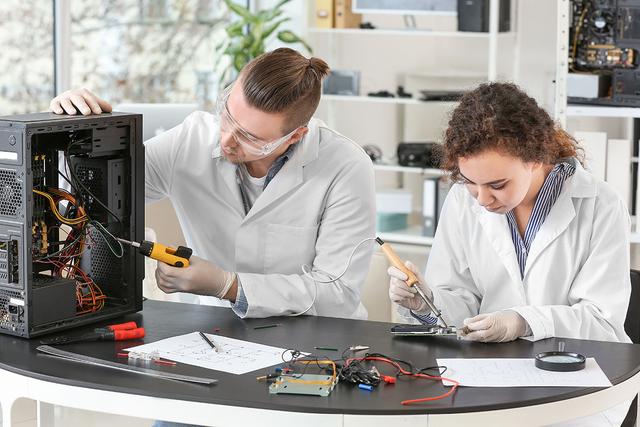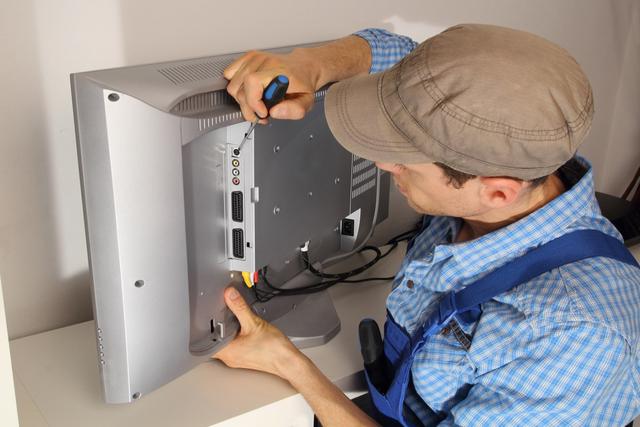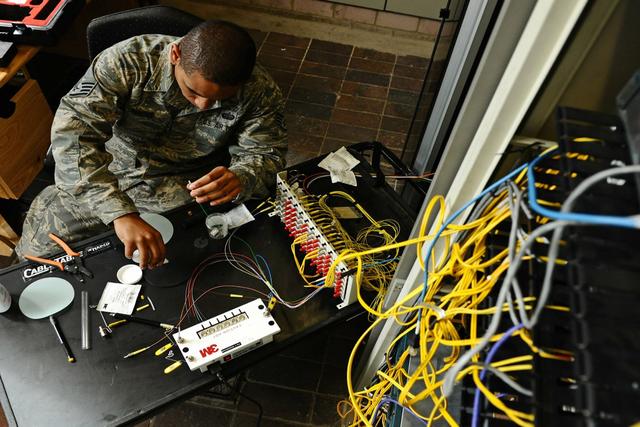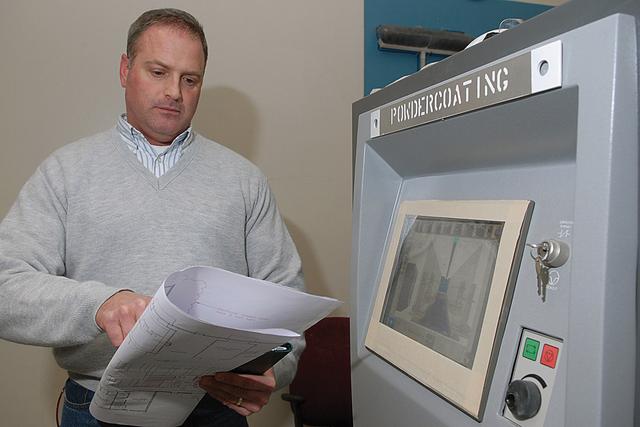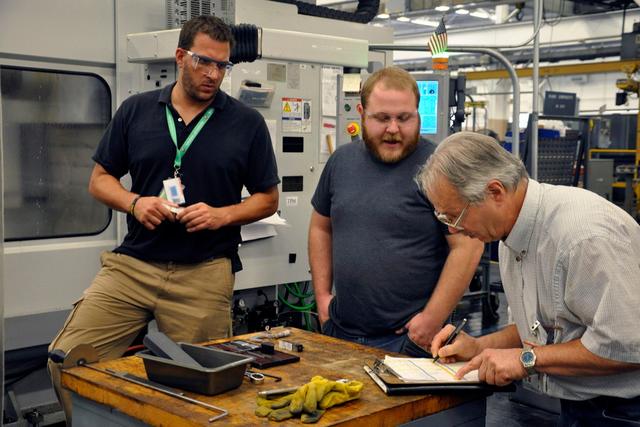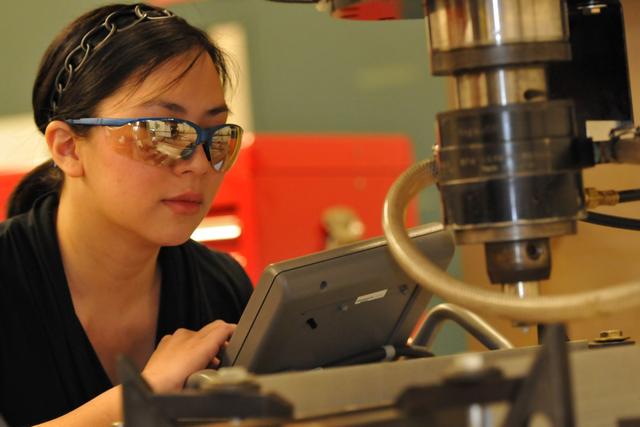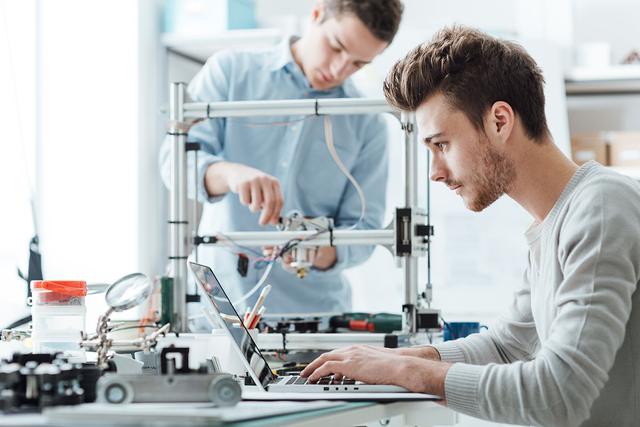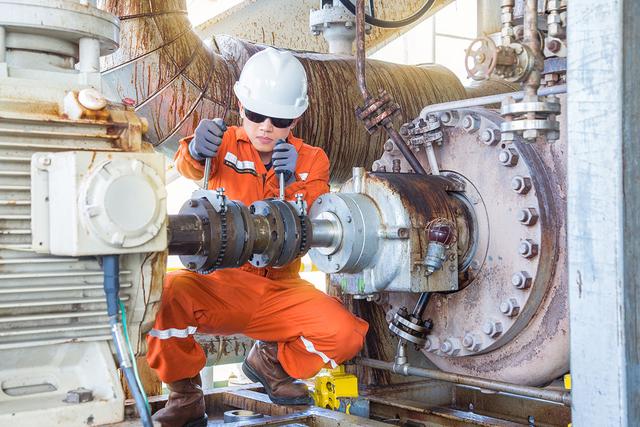Electronics Manufacturing

Overview
The electronics industry is composed of organizations involved in the manufacture, design and development, assembly, and servicing of electronic equipment and components. Together, these organizations offer a wide variety of products that frequently have only one thing in common: They depend upon electronic technology to operate. Electronics is one of the fastest evolving and most innovative industries, and also one of the most competitive. The research and development of new, better products is of great importance in electronics, where companies often compete fiercely to bring the newest technology to market first.
Electronics is the branch of science and technology that deals with the study, application, and control of the conduction of electricity in a vacuum, in gases, in liquids, in semiconductors, and in conducting and superconducting materials. There are thousands of electronic products with countless applications. These products consist of materials, parts, components, subassemblies, and equipment that use the principles of electronics to perform their major functions.
As a whole, the goal of the industry is to meet the needs of electronics producers by providing electronic parts or products for sale. Much effort and money is put into research and development in order to produce improved parts and products, as well as to improve the process for producing them.
The electronics industry dates to the 1800s, when scientists first discovered that they could pass electricity through gas from one metal electrode to another. The first commercial vacuum tube was built in 1904 by John Ambrose Fleming, a British scientist, who used it to detect radio signals. Vacuum tubes continued to be the standard in the industry until the 1950s, when the first transistor and semiconductor diodes were invented and introduced. During this time, integrated circuits were also introduced. By the mid-1980s, other countries, such as Japan, had become serious compet...

